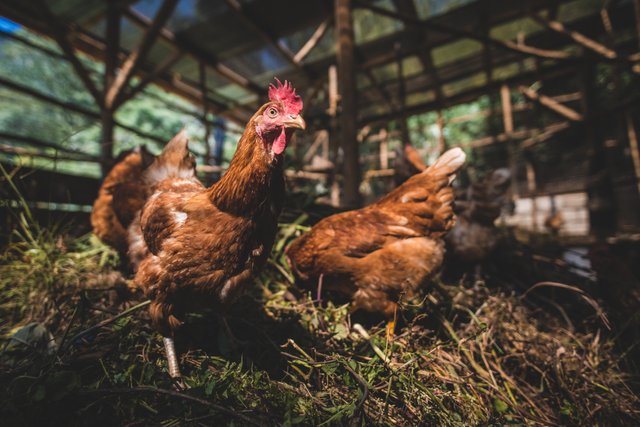Permaculture Principle #7: Design from Patterns to Details
"Pattern recognition is the precursor to design." Dave Jacke
Up til now, the first six permaculture principles that we covered could be thought of as bottom up principles. This means that they are focused on and coming from the perspective of the individual. The next 6 principles are the top down principles, focusing on patterns and relationships between the different parts of the system.
This principle reminds us that we need to first identify the patterns that exist before we can worry about all the details.
I like to think of the person who builds a house and gives no thought to the weather and solar patterns (which could inform the best house design), but spends endless time deciding which tiles to use in the bathroom.
The details will come later. Start with the patterns.


Patterns are everywhere. There are spatial patterns and there are temporal patterns. Weather patterns, travel patterns, and more. Ill give a few examples from our farm.
Patterns at Atitlan Organics
Here in Guatemala, we have two very distinct seasons. Rainy season from May through October and Dry season from November to April.
Rainy season is naturally when you would want to plant crops on land that is not irrigated. Dry season is when you may want to harvest and dry seeds or harvest hay.
For us, we notice the pattern that tourism is incredibly high during the dry season and then slows down a lot when the rains come. This pattern informs our farm design on many levels.

For example, we buy day old hens that we raise up to 5 months old when they begin to actually lay eggs. We time this so that the firs eggs are being laid right when dry season is starting, which means we buy one day old hens on June 1 and then they begin to lay in November, right when tourism picks up and the demand for eggs gets way higher.
We also bring a male goat onto the farm to do his business with the females, once a year. The gestation period of the goat is 5 months, and then it is one month of the babies drinking the milk before we actually hit peak milk production. Thus, if we want milk to be peaking at the beginning of tourist season, we need to start with the male goat 6 months earlier. That is why we bring the male goat onto the farm on May 1st.
The type of materials we use to build the chicken house or what the goat barn will look like are examples of details. These things come later. First we need to identify the patterns that impact our site and our goals. From there we use those patterns to inform our design, make the plan, and then dive into the details.
How have you guys used patterns to inform your homestead design?
If you enjoyed this post, please feel free to follow us, resteem it, or even come visit us here in beautiful Lake Atitlan, Guatemala.
NOTE: This post is proudly filled, COMPLETELY, with original writing, and photos that are used under the Fair Use Act. ENJOY!
Congratulations, Your Post Has Been Added To The Steemit Worldmap!
Author link: http://steemitworldmap.com?author=squdsi1
Post link: http://steemitworldmap.com?post=permaculture-principle-7-design-from-patterns-to-details
Want to have your post on the map too?
Add the following inside your post:
!steemitworldmap xxx lat yyy long description d3scr
(replace xxx and yyy with latitude and longitude)
Day old hens got me thinking of cheap bagels
We are located in Florida and we have to think more and more about severe weather. I try not to have large harvests during the hurricane season (the worst months Aug, Sept). We only hatch chicks during the winter so that they are laying by Springtime, for us March/April. The hardest for me to decide is just how big to go, because I will overplant and not have enough help to harvest! I am up to about 20,000 square feet. Someone stop me😁